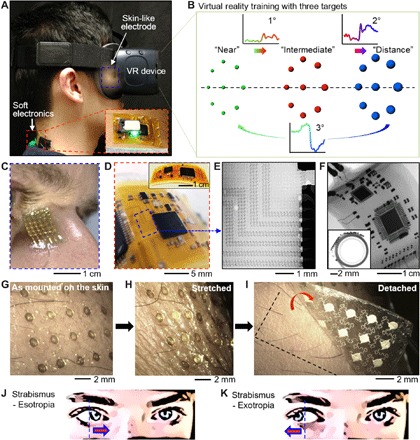Fig. 1. Overview of a soft, wireless periocular electronic system that integrates a VR environment for home-based therapeutics of eye disorders.

(A) A portable, wearable system for vergence detection via skin-like electrodes and soft circuit and relevant therapeutics with a VR system. The zoomed inset details the magnetically integrated battery power source. (B) VR therapy environment that simulates continuous movements of multiple objects in three varying depths of near, intermediate, and distance, which correspond to 1°, 2°, and 3° of eye motions. (C) Zoomed-in view of a skin-like electrode that makes a conformal contact with the nose. (D) Highly flexible, soft electronic circuit mounted on the back of the neck. (E and F) X-ray images of the magnified mesh interconnects (E) and circuit flexion with a small bending radius (F). (G to I) Photos of an ultrathin, mesh-structured electrode, mounted near the eyebrow. (J and K) Two types of eye misalignment due to a disorder: esotropia (inward eye turning) (J) and exotropia (outward deviation) (K), which is detected by the wireless ocular wearable electronics. Photo credit: Saswat Mishra; photographer institution: Georgia Institute of Technology.
